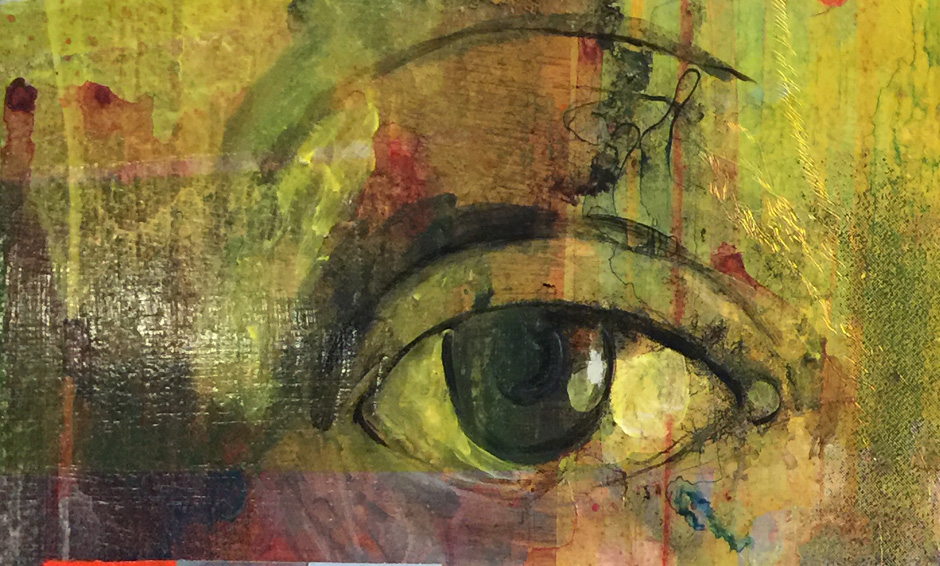A recent study involving nearly 11,000 students and almost 500 teachers in a rural community — Bentonville, Arkansas, to be precise — shows that kids acquire important skills when they are exposed to arts. This research suggests that students actually retain a great deal of factual information from their tours. And this is contrary to current museum education beliefs and practices.
Jay P. Greene, Brian Kisida and Daniel H. Bowen saw a research opportunity with the opening of the first major art museum in their area. The school visits program of Crystal Bridges Museum of American Art is generous. They reimburse schools for the cost of buses, provides free admission and lunch, and even pays for the cost of substitute teachers to cover for teachers who accompany students on the tour. By removing the cost factor, they had no problems finding schools that wanted to participate in the study. What they did is the first large-scale randomized-control trial designed to measure what students learn from school tours of an art museum.
On the tour, they reviewed more than the works of art. The social and historical events surrounding the paintings were also discussed. The discussions were driven by the students. The inquisitive storytelling format and the tour visual context must have grabbed the kids’ attention since students recalled factual information from their visit. Art tours could become a better educational tool if you mix art appreciation with historical events and their social context.
The three researchers at the University of Arkansas found that enriching field trips, like attending an art museum tour did more than improving the kids’ knowledge about art. The kids who went to the museum exhibited more critical-thinking skills in an art essay they wrote later. These kids also demonstrated more historical empathy coupled with a higher tolerance towards others’ ideas. After their visit, many kids expresses their interest to consume more art and culture.
This study is the first step in proving that exposing kids to great art enhances their development on many levels. Bringing facts about the educational value of field trips is important for school administrators, educators, policymakers, and philanthropists who need to justify spending money on enhanced field trips.
Could art be used to effectively teach other academic content remains to be proven. It is unclear at this point. The more we know about how kids learn things and acquire important social and analytic skills, the more we could improve how kids are taught in school. Regardless of scientific data to prove it or not, my opinion is that kids are never too young to learn something at an art museum. Seeing my toddler being moved by an art painting we hung in his bedroom shows that kids can appreciate great art and culture.
+ Get more details about the Crystal Bridges School Tour Study.

